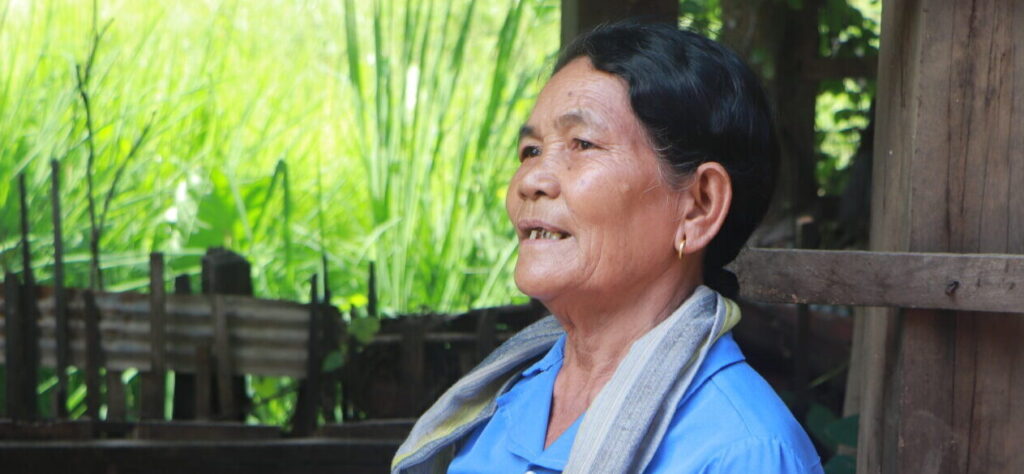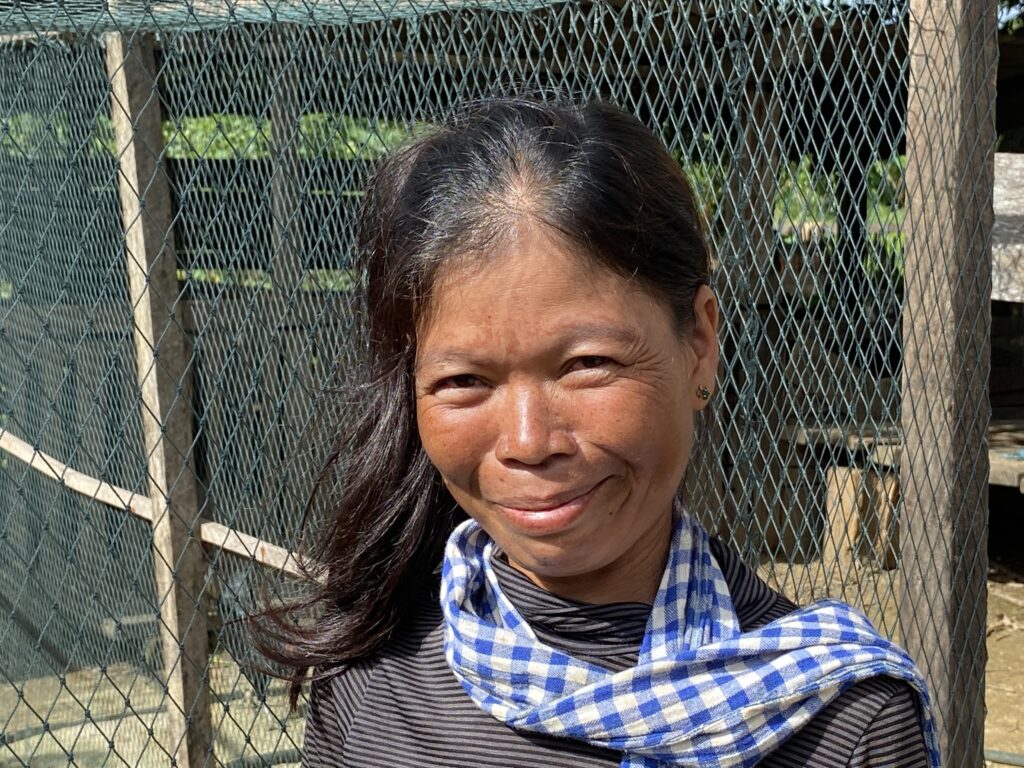
Where we Work
Cambodia
16 million
Population
148/191
HDI Ranking
5.1
Mean Yrs of School
21/1000
Infant Mortality
Cambodia borders Vietnam, Thailand and Laos. Much of the country’s landscape consists of tropical rainforest.
Every child deserves an education
In the central lowland region, you will find rice paddies and dry crops. Outside the bustling capital Phnom Penh lies the Temple of Angkor Wat, considered to be the largest religious structure in the world.
The Cambodian people endured devastating loss as a result of the 1975 takeover by the Khmer Rouge, with an estimated 25% of the population dying from disease, starvation or execution. Since the fall of the regime in 1979, the people of Cambodia have overcome much, with the economy growing and life expectancy increasing.
However, there is still so much that can be done to support communities in Cambodia who live in poverty. The indigenous Kuy community’s way of life and livelihoods are being threatened by the impacts of deforestation and climate change. Natural resources are scarce, with many people having no access to clean drinking water. This often results in children becoming sick and girls missing school to collect water for their families. Many communities also have no water for agriculture as there are few wells and no irrigation systems.
With Anglican Overseas Aid’s support our partner Ponleu Ney Kdey Sangkhum (PNKS) is working to build stronger resilience to these pressures by working with communities to enhance climate adaptation and income-generating activities and developing primary health care and education for all.











